My two attempts to see Poulenc’s Dialogues des Carmélites at the Guildhall School were frustrated by the weather. Forced back on to my DVDs and CDs — vinyl, even — I took the opportunity to survey some of the manifestations and investigations of religious feeling in 20th-century French music.
I began with Vincent d’Indy’s Fervaal, an opera he composed in 1895 which used to be referred to as ‘the French Parsifal’. Refreshing my memory of the plot by looking it up in The New Grove Dictionary of Opera, I was struck by the writer’s insistence that, while the work is heavily influenced by Wagner, ‘[d’Indy] had a better sense of dramatic pacing than Wagner, and more essential humanity’. That sent me back to my private recording of Fervaal, the only one there’s ever been, and two hours of mild amusement at the flagrancy of d’Indy’s indebtedness to what all Frenchmen were by then calling the wizard of Bayreuth, and my fairly strong boredom at how little purpose he put it to.
The French were naturally better at being decadent than anyone else, but though the phenomenon fascinates as a concept, decadent art itself soon becomes a bore, as no one shows more conclusively then Huysmans. The atmosphere of sickly revulsion from the flesh and the appeal of Catholic ritual at its most ornate was something that French composers, in the main, reacted against too little and too late. Even such a genius as Debussy, who wrote no music of, or about, religious feeling except for Le Martyre de Saint-Sebastien, was deformed by these sentiments. He was aided by the text by d’Annunzio, and you can’t get more gamey than that. The result (I love the fact that Ida Rubinstein was to dance the title role, but was banned by the Archbishop of Paris from doing so because she was not only female but also a Jew) is Debussy’s dreariest score, which could nevertheless only have been composed by a genius misusing his gift. Aside from trying to enjoy being wicked yet somehow holy, French religious music of the last century tended towards gentility and threadbare consolation as manifest in Fauré’s Requiem and even more so in his disciple Duruflé’s work of the same genre. That is until neoclassicism came to the rescue.
Poulenc, though hardly a revolutionary figure, still creates a considerable, and positive, impact with his own religious works, which can be exultant, as in the exhilarating Gloria, or as anguished as the Four Motets for a Time of Penitence. When it comes to his largest work, Dialogues des Carmélites, he is treading a tightrope, and induces the feeling, at least in me, that if he falls off it will be into either Catholic campness or mere bathos. When a production of it succeeds, as several that I have seen do, it is one of the most moving of 20th-century operas, deserving of a far higher reputation than it tends to have. How many passages in opera of any time are more harrowing than the prioress’s death agonies and vastation? The affection that Poulenc shows for Sister Constance’s inability to be as grave as her calling requires, and Blanche’s perpetual anxiety, often bordering on hysteria, seems to me to be at least as genuine as anything in Britten’s operas. The final scene, with the swishing of the guillotine and the progressive reduction in the number of singers, if done with simplicity, provides a conclusion that manages to be moving without any bid to shake us to our foundations — in other words, not German. No one will be converted to Christianity as a result of listening to the Carmélites; that isn’t its point. But it emphatically does not exploit religious feelings in the way that, say, Suor Angelica does.
For a French opera that is not only about religion but is itself a religious act, we need to go, obviously, to Messiaen’s Saint François d’Assise. I count the four performances I have been to, three in San Francisco and one at the Proms, as among the most momentous in my musical life. Here, at last, is a work untouched by doubt, insistence or sentimentality. It’s only a pity that its demands are so extreme, in terms of the number of performers required and the stamina too, both sides of the footlights. Yet at a time when people flock to endless operas by pretentious minimalists, and ones that make equal material demands without making any spiritual claims — which are, in fact, negations of the spirit — couldn’t this uniquely uplifting opera have more than the once-in-a generation airing that is its present fate?
Got something to add? Join the discussion and comment below.
Get 10 issues for just $10
Subscribe to The Spectator Australia today for the next 10 magazine issues, plus full online access, for just $10.
You might disagree with half of it, but you’ll enjoy reading all of it. Try your first month for free, then just $2 a week for the remainder of your first year.

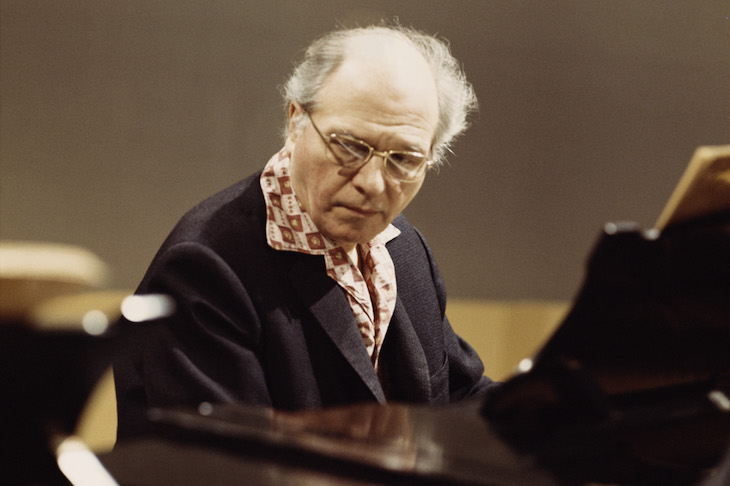
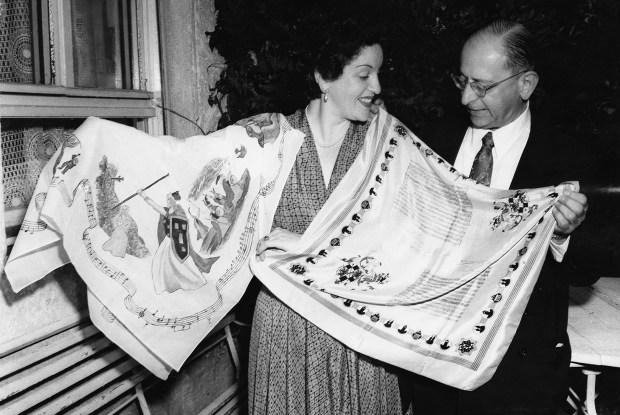
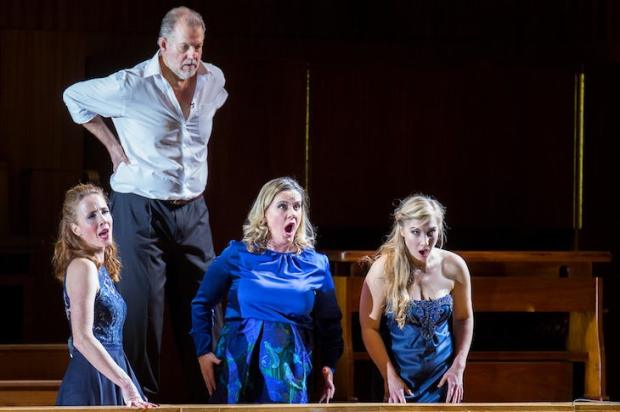
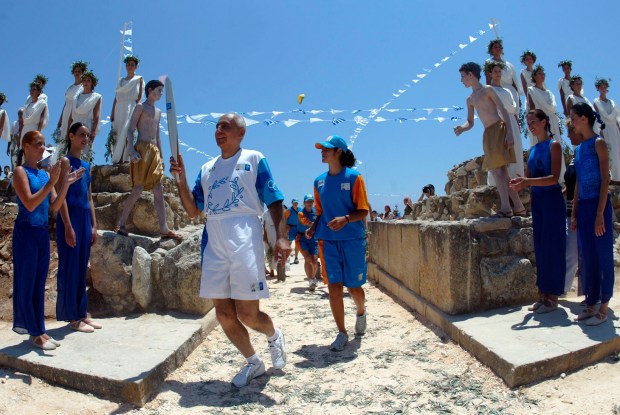
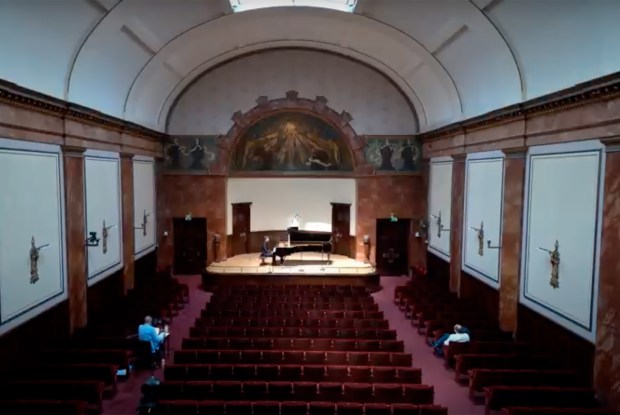
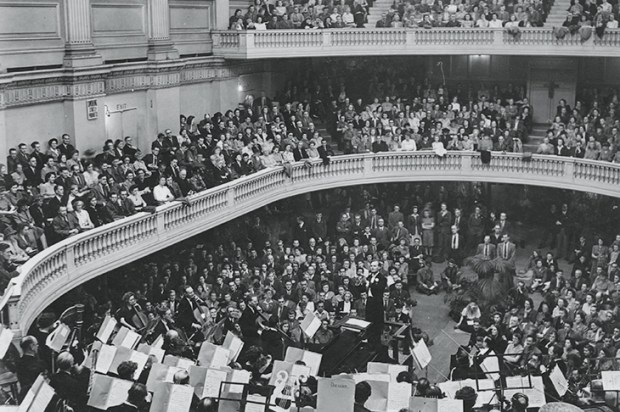
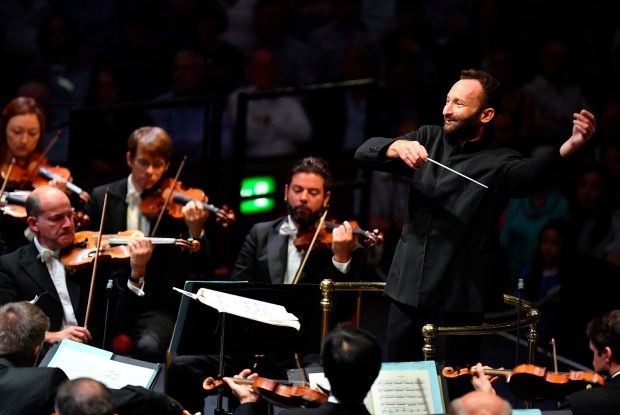






Comments
Don't miss out
Join the conversation with other Spectator Australia readers. Subscribe to leave a comment.
SUBSCRIBEAlready a subscriber? Log in